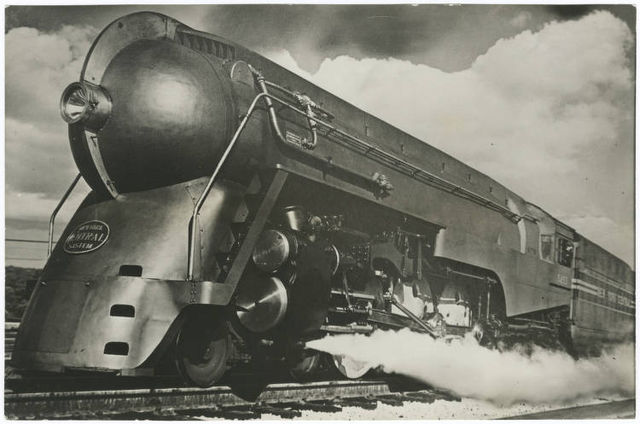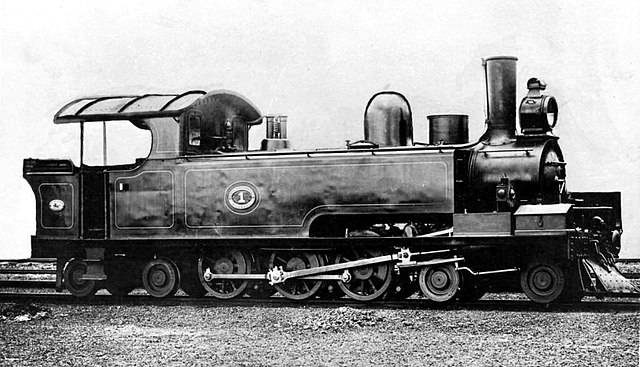The New York Central Hudson was a popular 4-6-4 "Hudson" type steam locomotive built by the American Locomotive Company (ALCO), Baldwin Locomotive Works and the Lima Locomotive Works in three series from 1927 to 1938 for the New York Central Railroad. Named after the Hudson River, the 4-6-4 wheel arrangement came to be known as the "Hudson" type in the United States, as these locomotives were the first examples built and used in North America. Built for high-speed passenger train work, the Hudson locomotives were famously known for hauling the New York Central's crack passenger trains, such as the 20th Century Limited and the Empire State Express. With the onset of diesel locomotives by the mid-20th Century, all Hudson locomotives were retired and subsequently scrapped by 1957, with none preserved today except for a converted tender from J-1d 5313, which is preserved at the Steamtown National Historic Site in Scranton, Pennsylvania.

Promotional image of a "Dreyfuss" streamlined New York Central Hudson locomotive
Builder's photograph of J-1b class Hudson #5249
Streamlined J-3a Hudson at the 1939 New York World's Fair
J-3a Super Hudson on display at the 1939 World's Fair
Under the Whyte notation for the classification of locomotives, 4-6-4 represents the wheel arrangement of four leading wheels, six powered and coupled driving wheels and four trailing wheels. In France where the type was first used, it is known as the Baltic while it became known as the Hudson in most of North America.
NGR Class H 4-6-4T, SAR Class C2
Victorian Railways R class
West Coast Railway R class 711
Canadian Pacific 2816 at Steamtown, U.S.A. in Vermont








